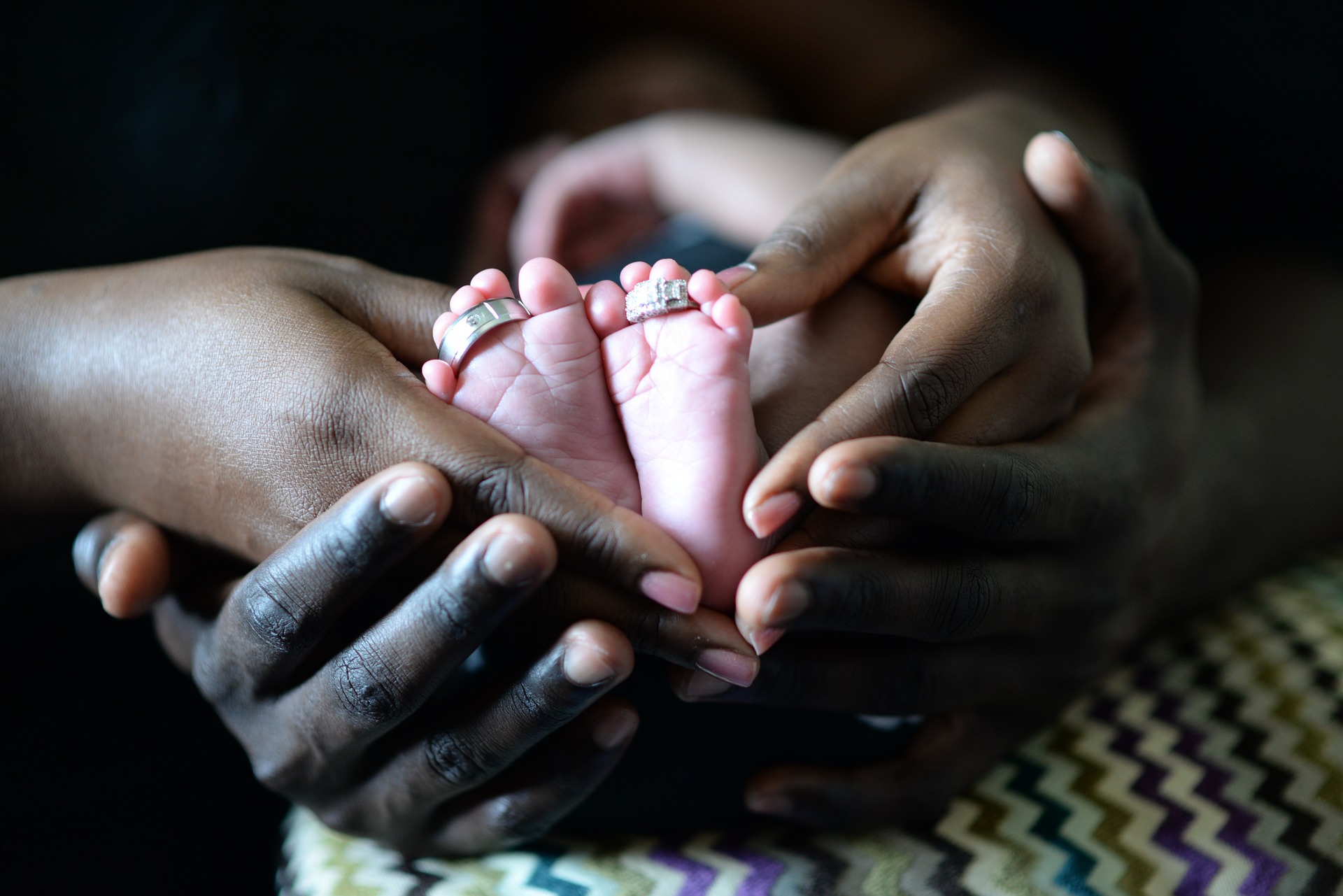South Africa’s Population on the Rise

Statistics South Africa’s mid-year population report shows that South Africa’s population now stands at almost 57 million, with an increase of close to one million people from 2016. The mid-year population estimates were released by Statistician-General Pali Lehohla at the end of July 2017.
These latest population estimates indicate that females make up 51% of the population, with approximately 28.9 million females in the country. Males make up 49% of the population at 27.6 million. The largest number of people reside in Gauteng (25.3%), followed by KwaZulu-Natal (19.6%), while the Northern Cape remains with the smallest share of the population, at 1.21 million people (2.1%).
According to the Stats SA figures, about 29.6% of the population is below the age of 15 and just over 8.1% of South Africans are 60 years or older, and the majority of this age group (24%) reside in Gauteng. Lehohla said the proportion of elderly persons aged 60 and older is increasing over time.
Migration
It is estimated that from 2016 until 2021, Gauteng and the Western Cape could experience the biggest influx of migrants within South Africa – estimates indicate 1 595 106 and 485 560 respectively. Lehohla said migration is an essential demographic process in building the age structure and distribution of the provincial population. He said over the course of the last five years, five out of every ten international migrants have settled in the Gauteng province.

Fertility, mortality and life expectancy
Lehola told the media that the average rate at which women of childbearing age were having children went down substantially – from 2.7 children per woman in 2007 to 2.4 children per woman in 2017. Infant mortality has also declined from 48.1 infant deaths per 1 000 live births in 2002 to 32.8 infant deaths per 1 000 live births in 2017.
According to the report, life expectancy has gone up by approximately two years from the 2012 estimates. Life expectancy at birth for 2017 is estimated at the average of 64 years. The life expectancy rate for females was at an average of 66.7 years while the life expectancy rate for males was at an average of 61.2 years.
Lehola also highlighted the fact that the reduction in life expectancy between 2002 and 2006 from 54 to 43 years can be attributed to HIV and Aids. The Stats SA figures on HIV prevalence indicated that in 2017 an estimated 12.57% of South Africa’s total population is HIV positive, an increase from 11.7% in 2007. The population estimates show that HIV prevalence among youngsters aged 15 to 24 had declined over time and now stands at 4.6% from 6.6% in 2007. The overall number of South Africans living with HIV is estimated to be 7.06 million.
While the number of people living with HIV has gone down, the 7.06 million South Africans living with HIV is still a daunting number. If you know of someone who is affected by HIV, encourage them to consider Life Insurance.
Disclaimer: The information in this article is provided for informational purposes only.





































